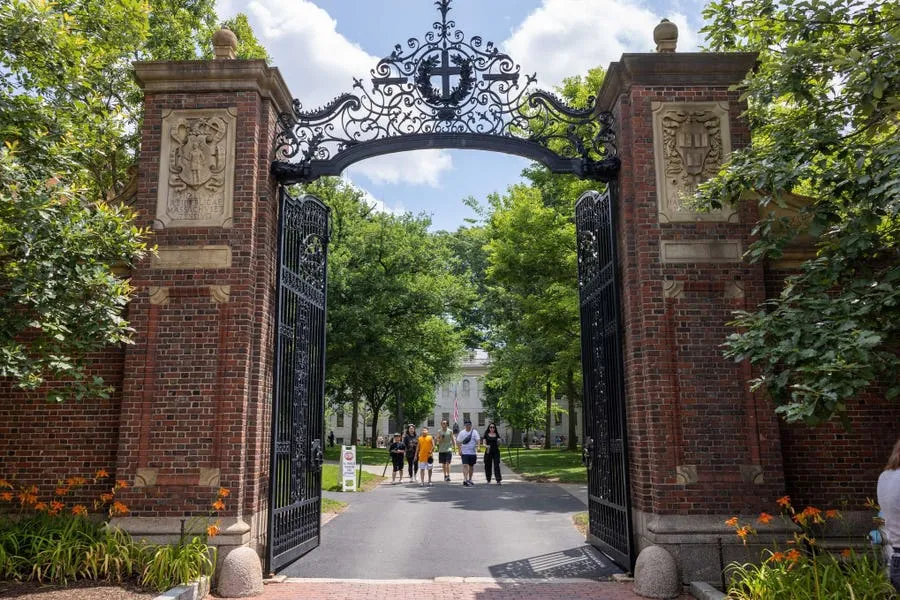Forbes contributors publish independent expert analyses and insights.
Regarding the makeup of Harvard's student body, President Trump thinks 15 percent is a more advisable number than 25 when it comes to international students. Quite reasonably Trump's critics, and surely many who are fans of Trump, are astounded by his conceit.
How could the President effectively plan Harvard's student body? Also, since foreign students pay full tuition, it's entirely possible that their payments make it possible for needier Americans to secure spots at Harvard. Or maybe not.
What's important with Harvard, and with all schools, is that Presidents, Senators, experts and agitators more broadly should stay out of their admission decisions. And for those who say that Harvard is "unique" since so many federal dollars flow its way, please stop right there. The thinking is nonsensical.
Precisely because the federal government is so large, and for being large operating well beyond its constitutionally limited scope, theoretically nearly every U.S. individual, business and non-profit university is getting something from the government. Let's not expand on the wrong of a federal government lacking boundaries through the excusal of even worse trespasses. Hands off individuals, businesses, and universities.
Plus, the arrogance of it all! Harvard is easily one of the most difficult "fat envelopes" in the world to attain, yet Trump thinks he can plan the class's demographic makeup? That's like the government planning U.S. imports or exports...Oh wait, they sometimes do that. Or try to. Ok, it's like the government attempting to plan the cost of credit to our alleged non-inflationary betterment...Oh wait, they presume to do that too.
Interviewed recently by New York Times reporter Colby Smith about the direction of interest rates, Federal Reserve Bank of Cleveland president Beth Hammack seemingly wrung her hands as she told Smith, "I legitimately do not know which way this is going to break." Hammack added that she would "rather wait and move quickly to play catch up if I really don't know what the right move is. And right now, I really don't know what the right move is based on all of the information and policies that we're responding to."
Some reading the above will conclude that Hammack was being modest, sober in making a difficult assessment about what's ahead, stuff like that. They would conclude incorrectly. The only correct answer from central bankers wouldn't be a professed willingness to delay blind stabs at market intervention, but to instead instruct Smith on the absurdity of the question.
Lest everyone forget, people borrow money for what it can be exchanged for. In other words, the cost of credit is the cost of accessing exchange media that can be exchanged not for one market good, but for every market good in the world. Which is a reminder that other than perhaps the dollar that exists as the world's currency, the price of credit is easily the most important price in the world. And exactly because we're all so different now and in the future, there's an interest rate for every single person, business and university in the world, all arrived at through the relentless collision of infinite global inputs every millisecond of every day.
Remember this as Hammack and central bankers like her oh so modestly tell Smith "I legitimately do not know which way [what the Fed will do with "interest rates"] this is going to break." Wrong answer, and wrong question. Hammack should have replied to Smith that a central banker planning something as complicated as the cost of credit would be as foolhardy as a president planning Harvard's class of 2029, multiplied by many millions.
